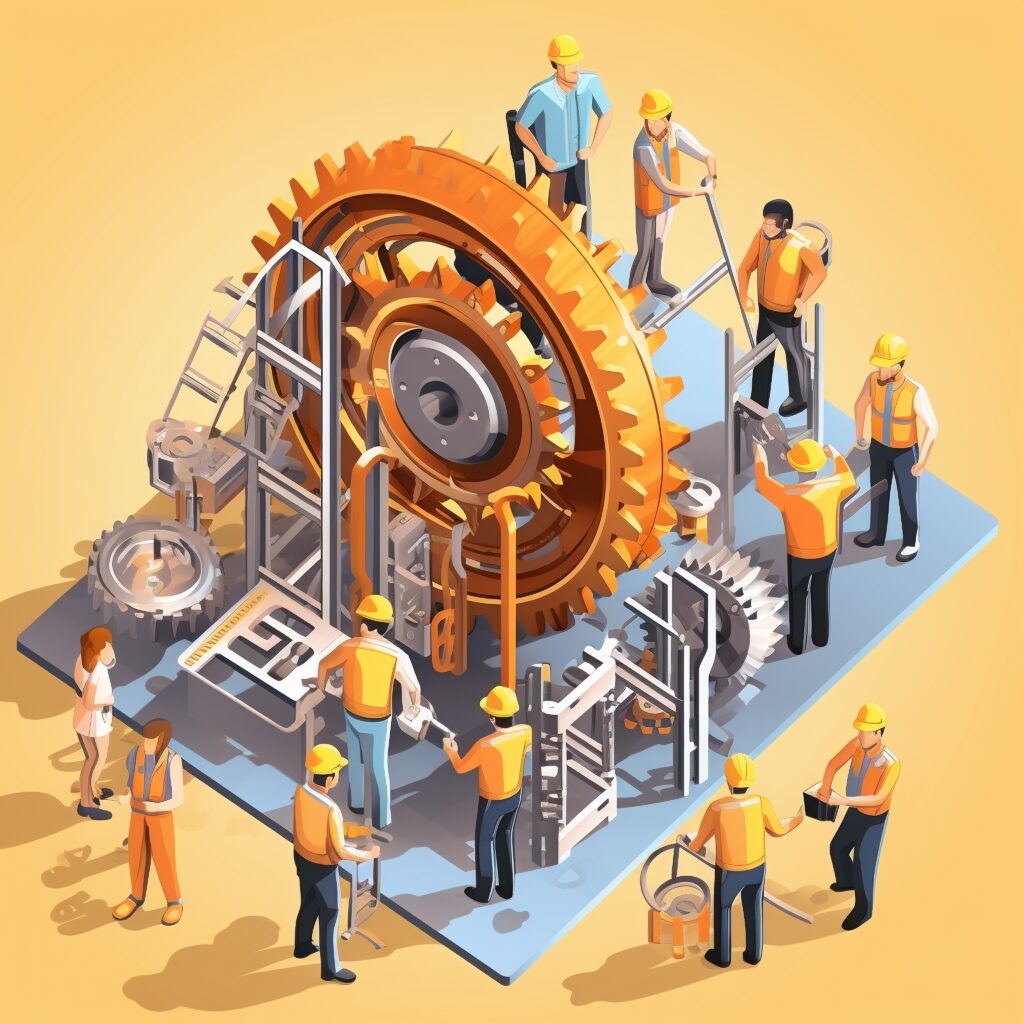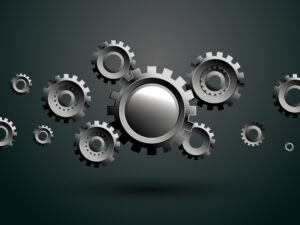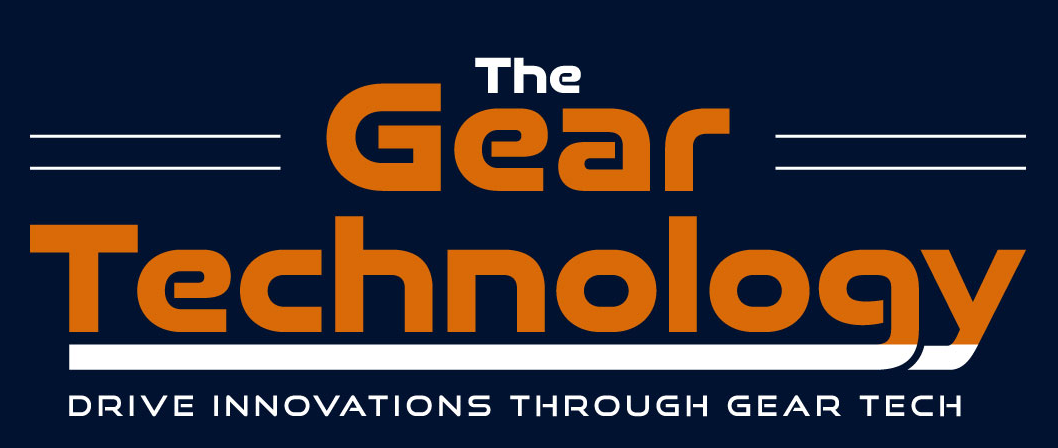Service Gear Grinding: Maximize Efficiency, Reduce Downtime
Service Gear Grinding: Improve Precision and Productivity Why Gear Grinding Matters for Efficiency Service gear grinding plays a vital role in modern manufacturing. As industries push for faster production and better quality, inefficient processes often lead to costly delays. Poor gear grinding can cause machinery breakdowns, suboptimal performance, and missed deadlines. In this post, we’ll […]

Service Gear Grinding: Improve Precision and Productivity
Why Gear Grinding Matters for Efficiency

Service gear grinding plays a vital role in modern manufacturing. As industries push for faster production and better quality, inefficient processes often lead to costly delays. Poor gear grinding can cause machinery breakdowns, suboptimal performance, and missed deadlines.
In this post, we’ll delve into how service gear grinding can improve operational efficiency and reduce downtime. We’ll explore its definition, key components, benefits, and advanced techniques to revolutionize gear manufacturing.
What Is Service Gear Grinding?
Service gear grinding is a precision process used in manufacturing and maintenance. It involves using abrasive wheels to refine gear teeth, ensuring smooth operation, longer lifespan, and better system performance.
Why It’s Crucial
- Precision Gear Functionality: Ensures accurate tooth profiles and smooth meshing.
- Surface Optimization: Reduces friction, noise, and heat generation.
- Error Correction: Fixes minor manufacturing flaws.
- Durability: Extends the operational lifespan of gears.
By enhancing individual gear performance, service gear grinding impacts entire systems, contributing to:
- Increased equipment effectiveness.
- Energy savings in gear-driven systems.
- Minimal downtime from gear-related issues.
Key Components of Gear Grinding Processes
Several critical elements define the gear grinding process. Optimizing each ensures precision and efficiency:
Grinding Wheels
- Materials: Aluminum oxide, CBN, or diamond.
- Properties: Grain size, hardness, and bond type influence grinding precision.
Work holding Devices
- Function: Securely hold the gear during grinding.
- Types: Centers, chucks, and specialized fixtures.
Dressing Tools
- Purpose: Maintain grinding wheel sharpness.
- Options: Diamond dressers, rotary dressers, or crush roll dressers.
Coolant Systems
- Role: Control heat and remove debris.
- Components: Nozzles, filtration systems, and temperature controls.
Measurement Equipment
- Function: Ensure compliance with specifications.
- Types: Gear analyzers, CMMs, and profile projectors.
Benefits of Optimized Gear Grinding
Enhance Gear Performance
Optimized gear grinding improves:
- Surface Finish: Smoother teeth reduce friction and wear.
- Load Capacity: Accurately ground gears handle higher loads.
- Noise Reduction: Reduced irregularities minimize operational noise.
Comparison Table: Standard vs. Optimized Grinding
|
Aspect |
Standard Grinding | Optimized Grinding |
|
Surface Roughness |
0.8μm Ra |
0.4μm Ra or better |
|
Load Capacity |
100% (baseline) |
Up to 130% |
|
Noise Level |
85 dB | 75 dB or lower |
Extended Equipment Lifespan
Regular service grinding ensures:
- Reduced Wear: Minimizes frictional stress.
- Better Lubrication Retention: Keeps protective layers intact.
- Even Load Distribution: Prevents localized stress points.
Reduce Maintenance Costs
- Fewer unplanned repairs.
- Lower lubricant consumption.
- Simplified troubleshooting.
Challenges in Gear Grinding
Despite its benefits, gear grinding presents challenges. Addressing these ensures better efficiency:
Grinding Wheel Wear
Impact: Reduced accuracy, inconsistent finishes, and higher costs.
Solution: Use high-resistance materials and implement regular dressing schedules.
Heat-Induced Distortions
Impact: Thermal stress can warp gears and alter material properties.
Solution: Optimize coolant systems and apply intermittent grinding.
Alignment Issues
Impact: Misalignment causes inaccuracies and reduced performance.
Solution: Invest in advanced alignment monitoring and operator training.
Advanced Techniques for Gear Grinding
Continuous Dress Creep Feed Grinding
This combines creep-feed grinding with continuous dressing for high precision.
Advantages:
- Consistent results.
- Lower thermal damage.
- Longer grinding wheel life.
High-Speed Grinding
Increasing grinding speeds improves productivity and surface quality.
Considerations:
- Machine rigidity.
- Robust coolant delivery.
Dry Grinding
This eco-friendly method eliminates coolant use.
Challenges: Heat buildup and tool wear, addressed with advanced grinding wheels.
Improving Industrial Efficiency
Gear grinding contributes significantly to industrial productivity:
- Energy Efficiency: Precision grinding reduces friction and energy usage.
- Reduced Downtime: Better gear quality minimizes disruptions.
- Improved Product Quality: Enhances final output and customer satisfaction.
Case Example: Automotive Manufacturing
Precision-ground gears improve fuel efficiency and reduce gear noise, leading to superior vehicle performance.
Gear Grinding’s Role in Efficiency
Optimized service gear grinding transforms manufacturing. By improving precision, minimizing downtime, and extending equipment life, it sets the foundation for industrial success. Embrace these advanced techniques to keep your operations ahead of the competition.

